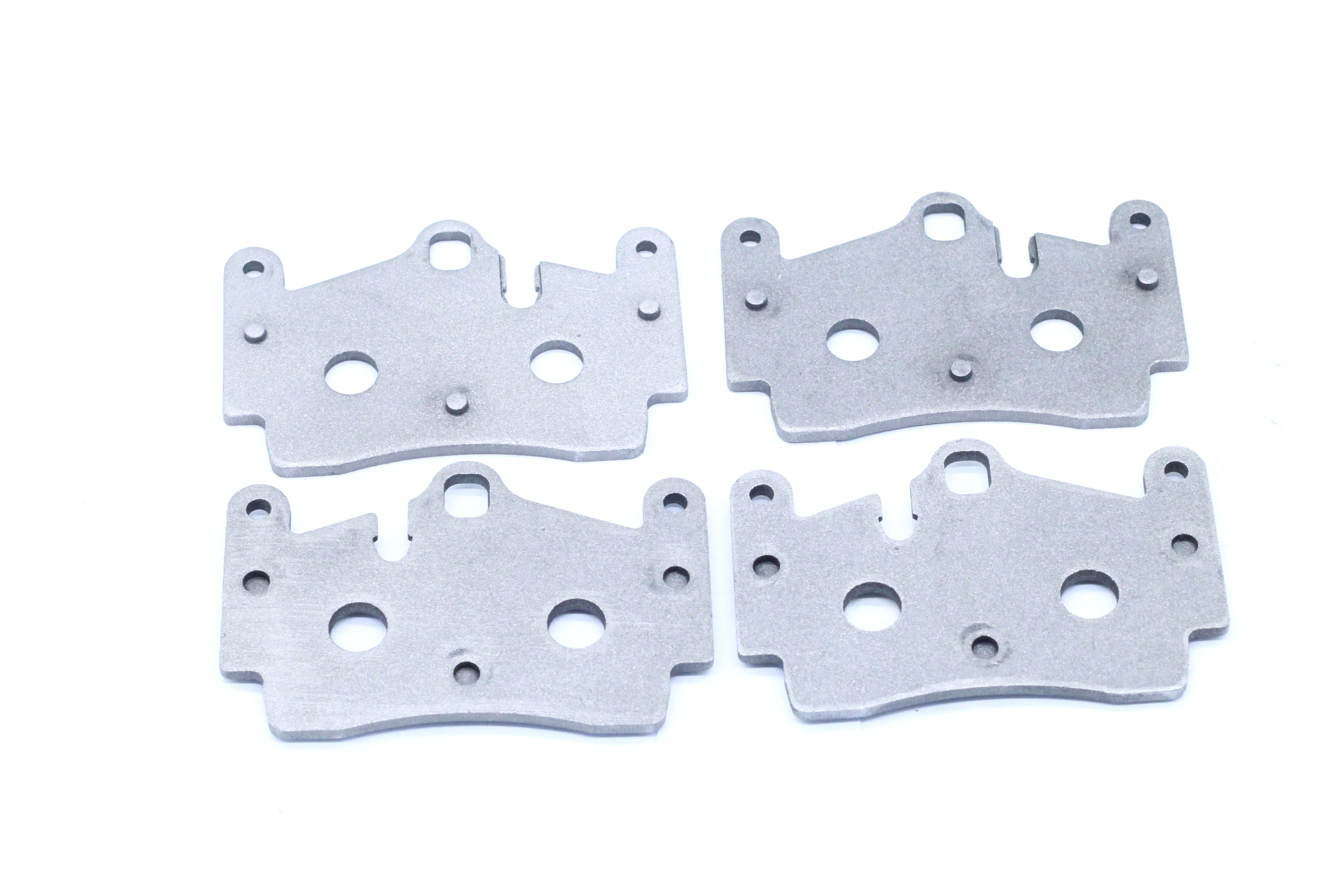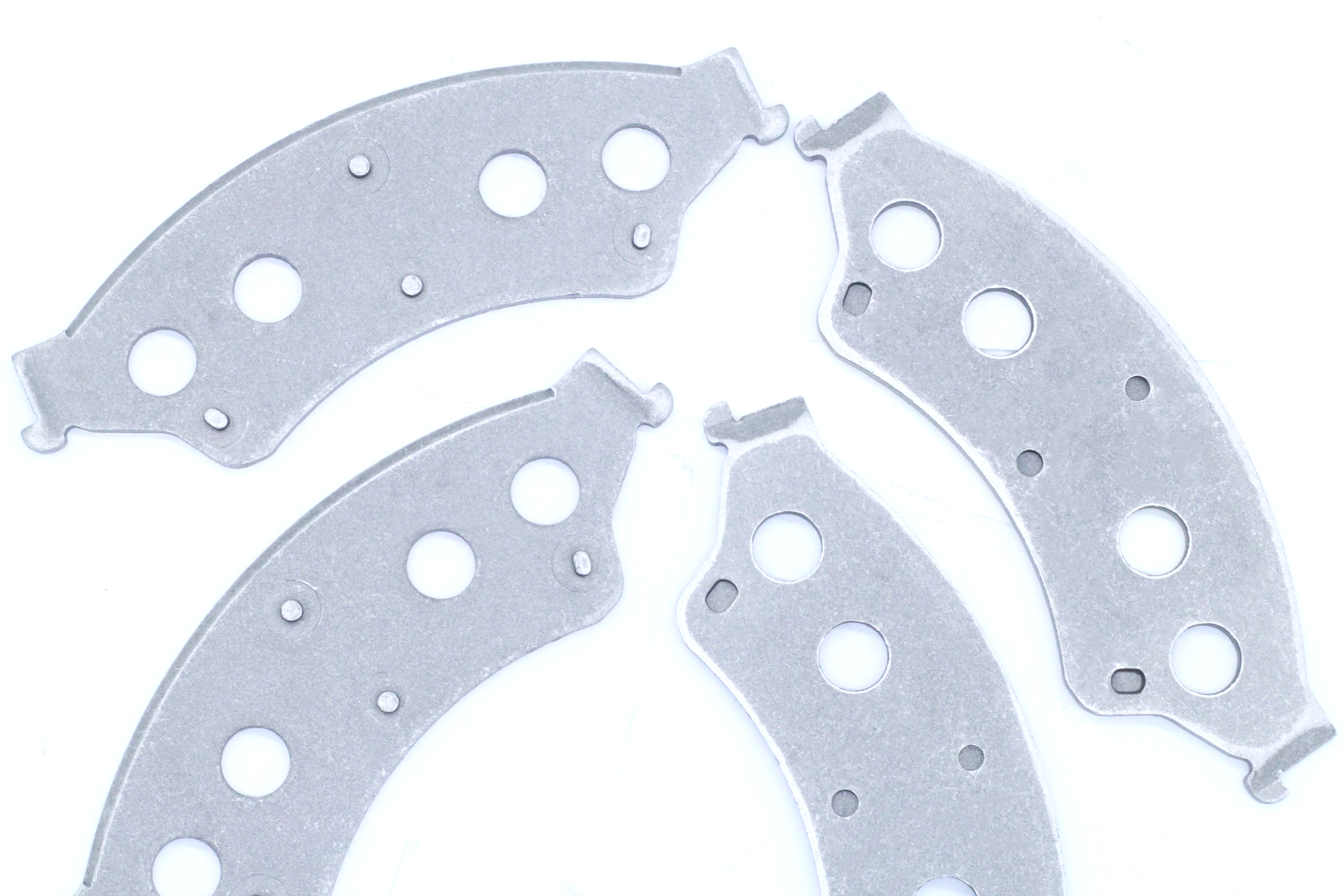backing plate on brakes
A brake backing plate is a crucial component in a vehicle's braking system, serving as a protective shield and structural support for the brake assembly. This essential part is typically made from sturdy steel or cast iron, designed to withstand high temperatures and mechanical stress. The backing plate acts as a mounting surface for brake shoes in drum brake systems or brake pads in disc brake configurations, ensuring proper alignment and operation. It features precisely engineered mounting holes and surfaces that facilitate secure attachment to the brake assembly while maintaining proper clearance for moving parts. The plate's primary function involves protecting the brake components from external elements such as water, dust, and debris, which could compromise brake performance and safety. Additionally, it aids in heat dissipation during braking operations, contributing to the overall thermal management of the brake system. Modern backing plates often incorporate advanced design features, including anti-rattle clips and specialized coatings to enhance durability and reduce noise. The component's positioning between the wheel assembly and brake mechanism makes it instrumental in maintaining the structural integrity of the entire brake system, while its design often includes channels and vents that help in directing airflow for cooling purposes.

